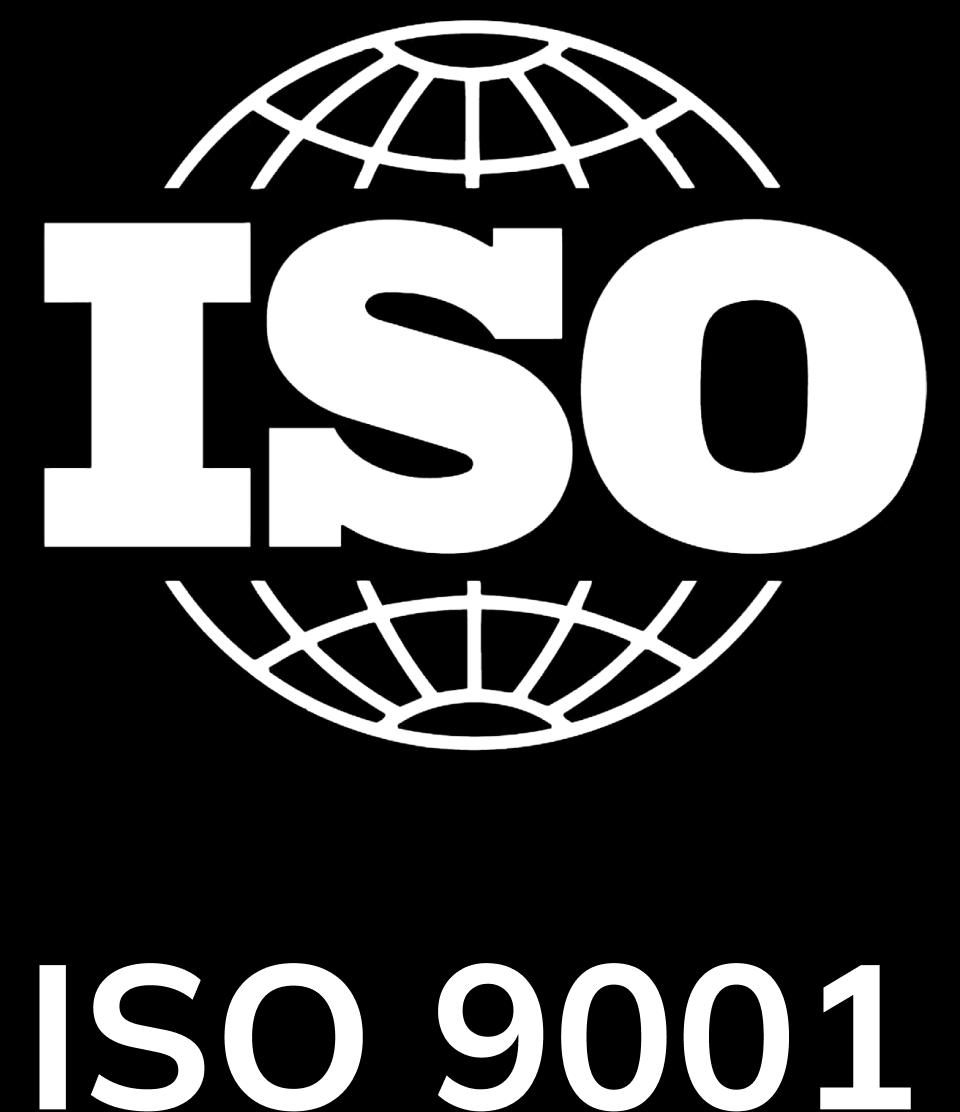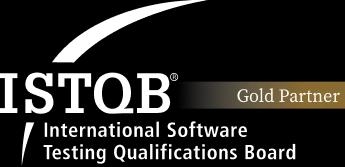
What is M-learning? Why is m-learning the trend in modern education?
I. What is m-learning?
M-learning (mobile learning) is a method of learning through internet-connected mobile devices like smartphones and tablets, allowing learners to access knowledge flexibly, anytime and anywhere. Unlike e-learning, m-learning stands out due to its mobility, helping learners make the most of their free time and easily absorb knowledge even while on the move. Beyond just accessing online materials, m-learning creates a multimedia learning environment that integrates video, audio, and interactive applications. This offers a vivid, engaging, and dynamic learning experience. With the rapid development of mobile technology and applications, m-learning is increasingly asserting its role as a leading modern educational trend, catering to the growing and diverse learning needs.
II. The importance of mobile learning in training
M-learning is increasingly affirming its important role in modern training, particularly in corporate environments and educational institutions. The popularity of this method stems not only from its inherent advantages but also from its outstanding ability to adapt to the global digitalization trend. Specifically:
First, is the superior flexibility of mobile learning: m-learning offers maximum flexibility as learners can actively access and complete courses at anytime, anywhere? With just one mobile device, learners can quickly access the necessary knowledge and skills, enhancing their professional capabilities without time or location constraints.

Next, is its high level of interaction: m-learning is not merely about transferring learning content to mobile platforms but also creating an interactive learning ecosystem? Learners can participate in lectures, take quizzes, and receive timely feedback without worrying about missing classes due to busy schedules. This is an ideal learning solution for individuals with limited time, ensuring that knowledge acquisition and course completion are maintained comprehensively.
In addition, m-learning brings great benefits to businesses in employee training. Employees can flexibly arrange their study time and space to suit their current work. This allows for efficient and cost-effective skill development, while also enhancing the organization's competitiveness and growth.
III. The benefits of m-learning in training
M-learning has been and continues to offer significant benefits for both education and corporate training. Here are the key advantages that m-learning provides, particularly in the context of modern education:

1. Flexibility and convenience
One of the most prominent advantages of m-learning is its flexibility. Learners can access learning content anywhere and anytime, as long as they have a mobile device and internet connection. No longer dependent on traditional classrooms, learners can make use of idle time during the day, such as when commuting or during breaks, to acquire new knowledge. This creates proactive time management and allows learning according to personal schedules.
2. Interactivity and variety in learning methods
M-learning provides a variety of learning tools such as video lectures, interactive exercises, quizzes, and online tests. These tools not only help learners absorb knowledge visually but also create opportunities for interaction, thereby improving memory retention and practical application. Additionally, features like immediate feedback help learners understand their progress and adjust their learning strategies promptly.
3. Personalization of the learning process
Each learner has different learning needs and styles, and m-learning allows them to customize their learning experience according to their individual needs. For example, learners can choose the time, pace of learning, and even the content they find most necessary. This enhances learning efficiency, ensuring that learners are not pressured by fixed progress as in traditional classrooms.
4. Cost and time savings
For both individuals and organizations, m-learning significantly reduces the costs associated with training and education. Expenses related to facilities, printing materials, travel, and organizing traditional classes are either eliminated or minimized. For businesses, applying m-learning allows employees to learn while working without having to pause their tasks, optimizing time and resources.
These benefits have made m-learning an indispensable trend in modern education, while also promoting innovation in teaching and learning methods, delivering superior results compared to traditional learning methods.
Read more articles related to educational technology: What is EdTech? A Detailed Look at EdTech in Modern Education
IV. The application of m-learning in education and corporate training
In education, m-learning is highly effective for both high school students and university students. Many schools and educational institutions have integrated m-learning into online courses, allowing students to study or review outside of classroom hours. For example, applications like Khan Academy and Duolingo enable learners to conveniently access knowledge through mobile devices. Moreover, m-learning contributes to the development of self-learning skills and independent thinking, giving students the freedom to choose content based on their personal needs.
In the corporate environment, m-learning plays a crucial role in employee training. Businesses can use this platform to implement online training programs, enabling employees to improve their skills without leaving their daily tasks. Employees can learn via mobile phones whenever they have time, which helps optimize continuous learning without affecting work productivity. M-learning significantly reduces costs for businesses compared to traditional training methods. Without the need to organize classrooms, hire instructors, or cover travel expenses, companies can still ensure a smooth and effective training process.
V. How to effectively start with m-learning?
Optimizing internal training through m-learning is not just an inevitable trend in the digital age but also an essential factor for sustainable business growth. To achieve the best results, businesses need to focus on understanding their learners and ensuring an appropriate m-learning implementation.
1. Understanding the learners – the key to success

First, businesses need to understand the needs and abilities of their learners. Differences in age, technological proficiency, and learning objectives greatly influence how m-learning courses should be designed and implemented. An effective course not only provides content but must be flexibly tailored to suit the specific audience. For example, older learners may struggle with new technology, so providing thorough support and guidance is essential to avoid counterproductive outcomes in the training process.
2. Ensuring convenience and easy access
Convenient access is a critical factor for a successful m-learning program. Businesses should choose a learning management system (lms) that is compatible with all mobile devices, from smartphones to tablets. This allows learners to participate in courses anytime, anywhere, ensuring proactivity and flexibility. When selecting an lms platform, consider not only the cost but also its interaction capabilities and integration with training content. For instance, TEAMHUB LMS lms is an optimal choice. TEAMHUB LMS lms not only seamlessly integrates with mobile devices but also offers a user-friendly interface and diverse learning tools. With flexible management, detailed reporting, and high interactivity, TEAMHUB LMS lms helps businesses optimize the training process, enhancing learning effectiveness and experience for employees. Start today with TEAMHUB LMS lms to boost your m-learning strategy and fully leverage the potential of mobile learning in the modern workplace.
You can register for a free trial at: https://www.teamhub.vn/lms or contact the hotline 0961.711.600 for detailed consultation!
3. Designing concise and focused courses

Course content should be designed to be brief and focused on core knowledge to ensure learners don't feel overwhelmed. Lengthy lectures can cause learners to lose focus, resulting in low effectiveness. Concise, focused courses not only help learners absorb information more easily but also optimize training time, increasing learning efficiency.
Learn more about the article: What is Digital Learning Material? A Comprehensive Guide for Education
4. Ensuring high compatibility of the course
When applying m-learning, businesses should pay particular attention to the compatibility between the application platform and the course content. A suitable lms will help make the training program more professional and ensure effective knowledge delivery. Selecting high-quality e-learning course design tools and reputable providers is essential. These help create courses that are not only engaging but also easy to manage and track learning progress.
5. Grasping related technical factors
Since m-learning heavily depends on technical factors like personal devices and network connections, understanding these aspects is crucial to ensuring the quality of training. Businesses need to check which devices employees use, whether they connect via Wi-Fi or mobile networks, and whether the course formats (videos, pdfs and images) are suitable for their access conditions. In particular, when using video in courses, pay attention to resolution, and the quality of sound and images to ensure the learning experience is uninterrupted.
By understanding learners, optimizing the platform and content, and paying attention to technical factors, businesses can create an effective m-learning training environment, contributing to the comprehensive development of the organization.
VI. The future of M-learning and emerging trends
The future of Mobile Learning promises significant changes with the introduction of new technologies and trends. One of the key advancements is the development of artificial intelligence (AI). AI not only supports the personalization of the learning process but also helps optimize content based on the performance of each learner, thereby significantly improving the quality of training. Additionally, AI can automate testing and assessment, providing learners with faster and more accurate feedback.

Along with AI, virtual reality (VR) and augmented reality (AR) are gradually becoming effective tools to support M-learning. VR allows learners to experience virtual learning environments where they can interact as if they were in the real world, while AR adds information to the real world, making concepts more intuitive and easier to understand. In fields that require practical experience, such as healthcare or engineering, AR and VR will become groundbreaking training solutions.
The trend of gamification is also gaining popularity in M-learning. Incorporating game elements such as leaderboards, badges, or rewards increases engagement and motivates learners. Additionally, microlearning, which offers short and easy-to-digest lessons, is increasingly aligned with the flexible and mobile learning trend. Microlearning not only enables learners to absorb knowledge more effectively but also helps maintain a consistent learning pace without overwhelming them.
The trend of social learning through M-learning is also gradually becoming popular, allowing learners to exchange and share knowledge with each other via mobile platforms. This creates a collaborative and open learning environment, enabling learners not only to acquire knowledge but also to build a strong learning community. With the advent of 5G technology, wireless connectivity speeds have greatly improved, making M-learning smoother and more efficient, especially in delivering high-quality videos or complex simulations.
Finally, integrating M-learning with data analytics tools will help businesses optimize the training process and enhance learning performance. Data collected from users' learning behaviors will provide valuable insights to personalize learning pathways and adjust content accordingly. Overall, the future of M-learning will not only be more convenient but also smarter, more flexible, and more efficient, better meeting the training needs of both businesses and learners.
Learn more articles: Digital Transformation in Education: Benefits, Challenges and Solutions
VII. Conclusion
M-learning is not just a trend but also the future of modern education and training. Its convenience, flexibility, and ability to personalize make Mobile Learning increasingly popular. For both businesses and education, M-learning brings substantial benefits and significant growth potential. In the context of ongoing technological advancements, keeping up with M-learning trends will help us not only enhance skills but also seize learning opportunities in the most optimal way.
SHARE THIS ARTICLE
Author
Huyen TrangSEO & Marketing at Tokyo Tech Lab
Hello! I'm Huyen Trang, a marketing expert in the IT field with over 5 years of experience. Through my professional knowledge and hands-on experience, I always strive to provide our readers with valuable information about the IT industry.
More Posts



About Tokyo Tech Lab
Services and Solutions
Contact us
© 2023 Tokyo Tech Lab. All Rights Reserved.







